Sign Up for Construction Tech Updates
Join the NavLive newsletter and be the first to know what’s shaping the future of digital construction.
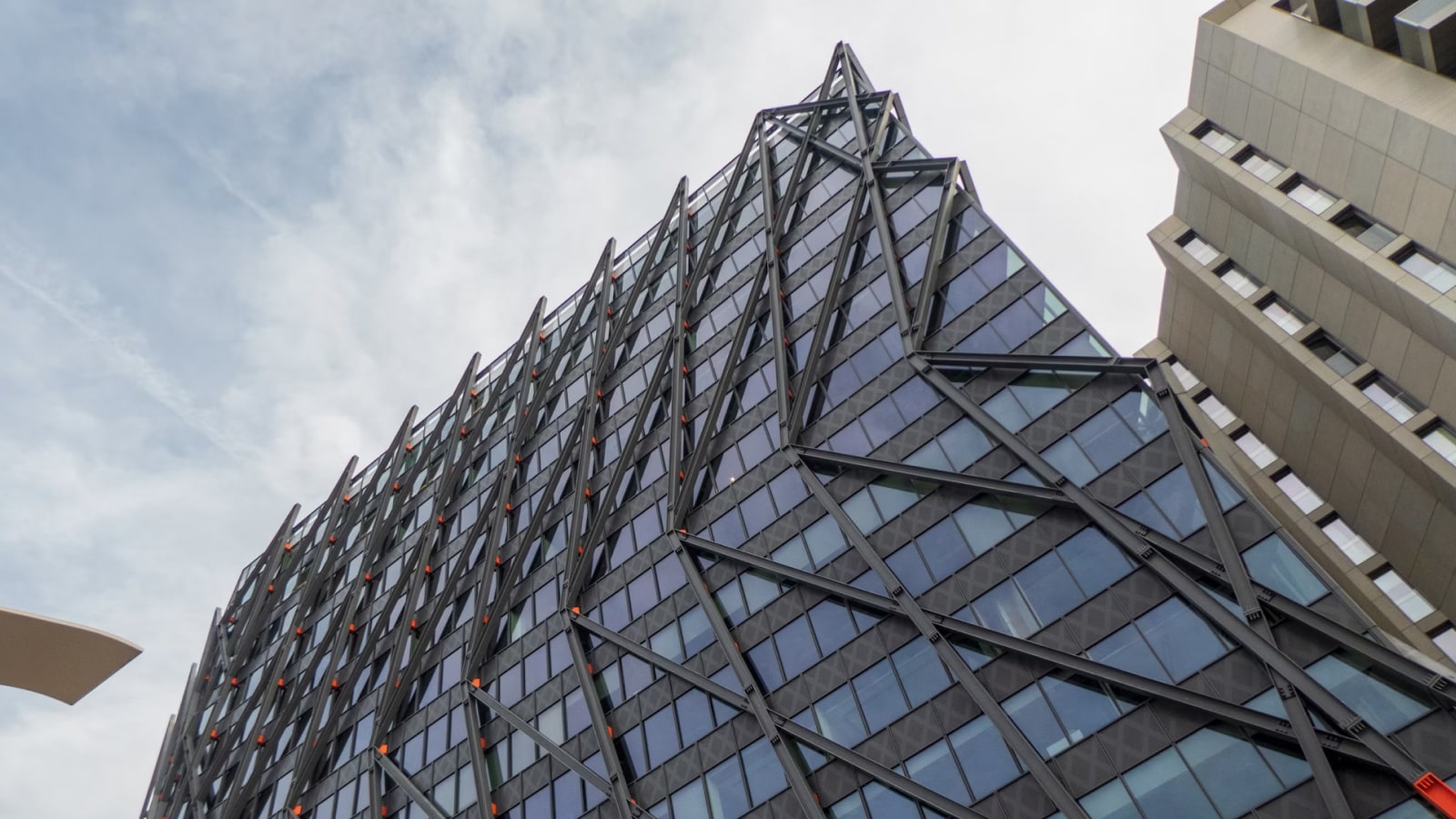
The Building Safety Act 2022 (BSA) and its supporting guidance created one of the most significant overhauls of building safety in a generation.
At its heart is a simple but powerful idea: for certain buildings, there must be a reliable, up-to-date, digital “single source of truth” — the so-called golden thread — that captures everything anyone needs to know to keep people safe.
That requirement has real implications for how buildings are surveyed, managed and documented, and it’s where high-resolution 3D capture and the NavLive Scanner become a game-changer.
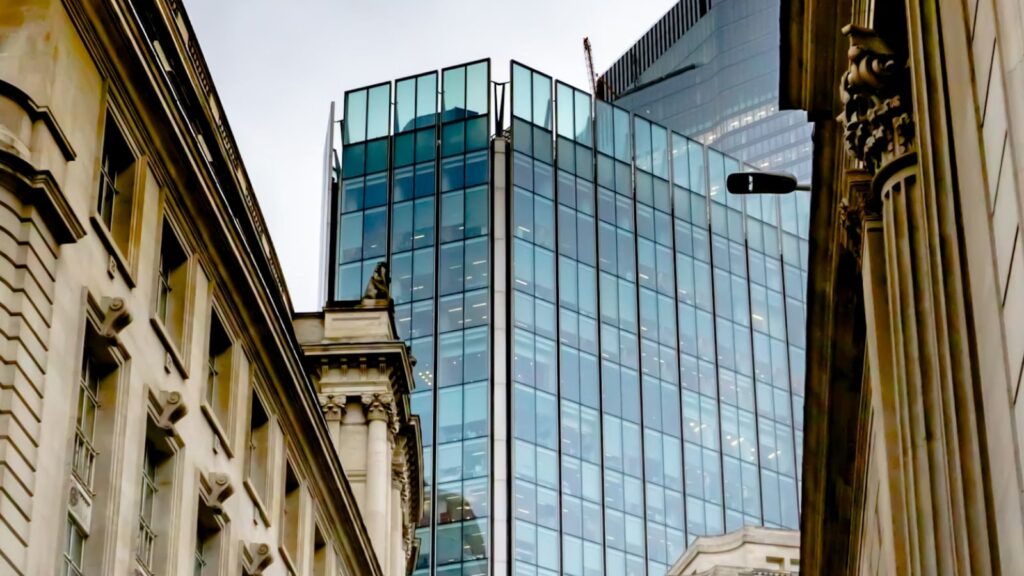
The guidance and industry best practice are clear that 3D point clouds, BIM models and other accurate digital as-built records are excellent ways to satisfy the golden thread requirement and are widely recommended for higher-risk buildings and the handover process.
Important legal nuance: the Act and guidance require a digital, accurate record; they do not prescribe a single technological format (e.g. “you must deliver a 3D model”).
A well-created 3D record solves many pain points the Act is trying to address:
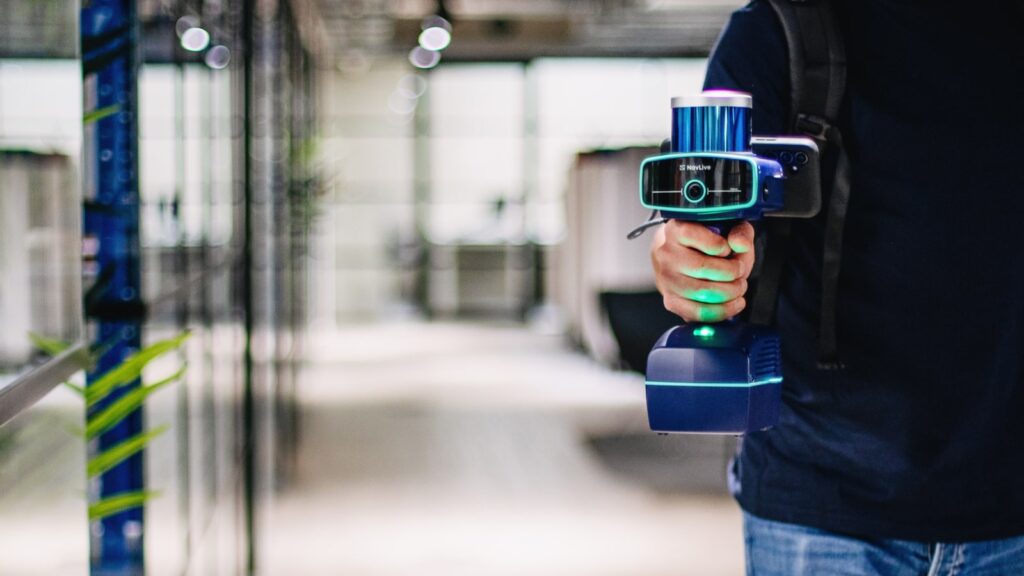
The NavLive Scanner captures high-resolution 3D point clouds as an operator walks each floor. Because the NavLive Scanner is portable and designed for rapid capture, you can collect accurate geometry, doors, stairwells, ceiling voids and services routes with minimal disruption.
In many small-to-medium floorplates an entire floor can be captured in minutes; an entire building’s as-built point cloud can often be produced within an hour or so for compact buildings (larger buildings will take longer).
This provides the accurate spatial record the golden thread demands.
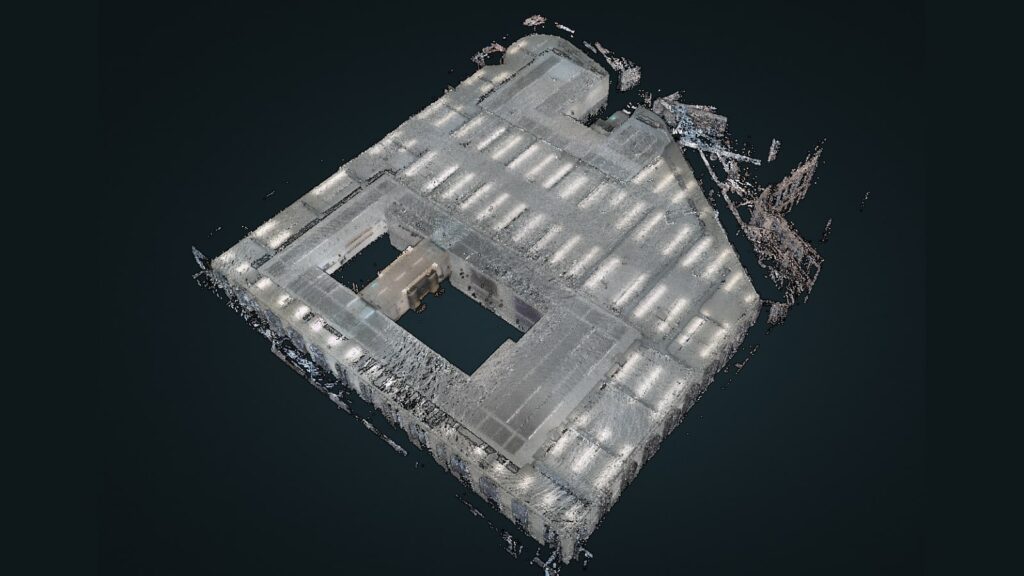
Captured point clouds from the NavLive Scanner export to standard formats used by surveyors and BIM teams (e.g. LAS, E57). From there you can:
These deliverables map directly to the list of building information the guidance expects to be handed over (drawings, plans, fire safety info, etc.). That means the NavLive workflow isn’t a fancy extra. It can form an integral central part of your golden-thread package, depending on your wider digital strategy and integrations.
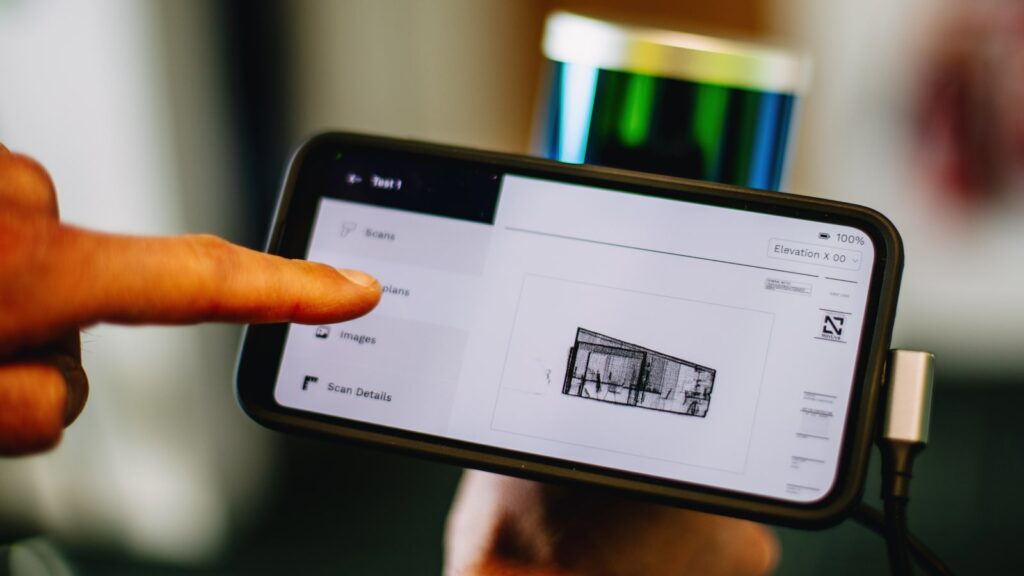
The golden thread requires version control and the ability to demonstrate updates after works.
The NavLive Scanner makes it practical to re-scan after a refurbishment or major change, compare the new point cloud to the previous model, and update the digital record quickly, maintaining a clear, time-stamped chain of truth for inspectors and the BSR.
The Building Safety Act also requires the golden thread to be secure, accessible and updatable over the lifetime of the building. NavLive supports this with unlimited, lifetime cloud-based storage for your 3D records, which are also downloadable for use alongside your compliant digital storage system.
This ensures your data is always accessible, version-controlled and ready for integration into the wider golden-thread framework.
All of these make the compliance pack discoverable, auditable and usable by building owners, the BSR and emergency services.
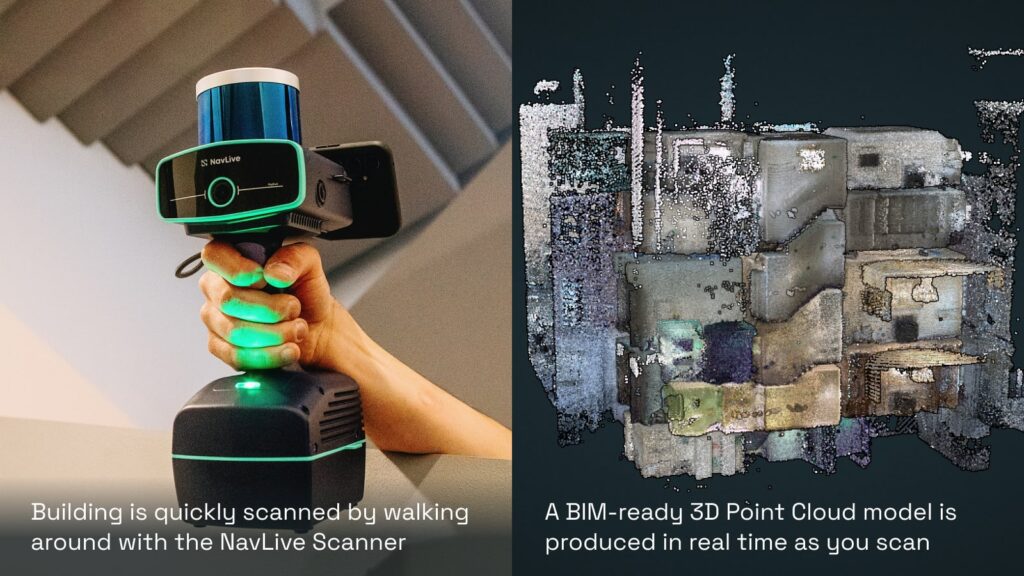

The Building Safety Act 2022 requires that in-scope buildings have an accurate, accessible digital record that can be used to demonstrate and manage safety over the building’s life-cycle.
While the law doesn’t literally say “you must supply a 3D point cloud,” the golden thread’s goals are best met by precise, auditable spatial records, exactly what modern 3D scanning and as-built BIM provide.
Using the NavLive Scanner turns what used to be a slow, expensive process into a fast, repeatable workflow that maps directly to the golden-thread requirements: capture floor-by-floor, export standard formats, hand over a secure digital package, and maintain versioned updates.
We would love the opportunity to visit your office and show you how the NavLive Scanner can help you comply with regulations set out in the Building Safety Act 2022.
To get started, book a demo with our team today by clicking on the link at the top of this page.
—
Disclaimer: This publication is issued by NavLive Limited to provide general guidance only on best practice. If you require advice on a specific issue, you should seek your own independent professional advice.
